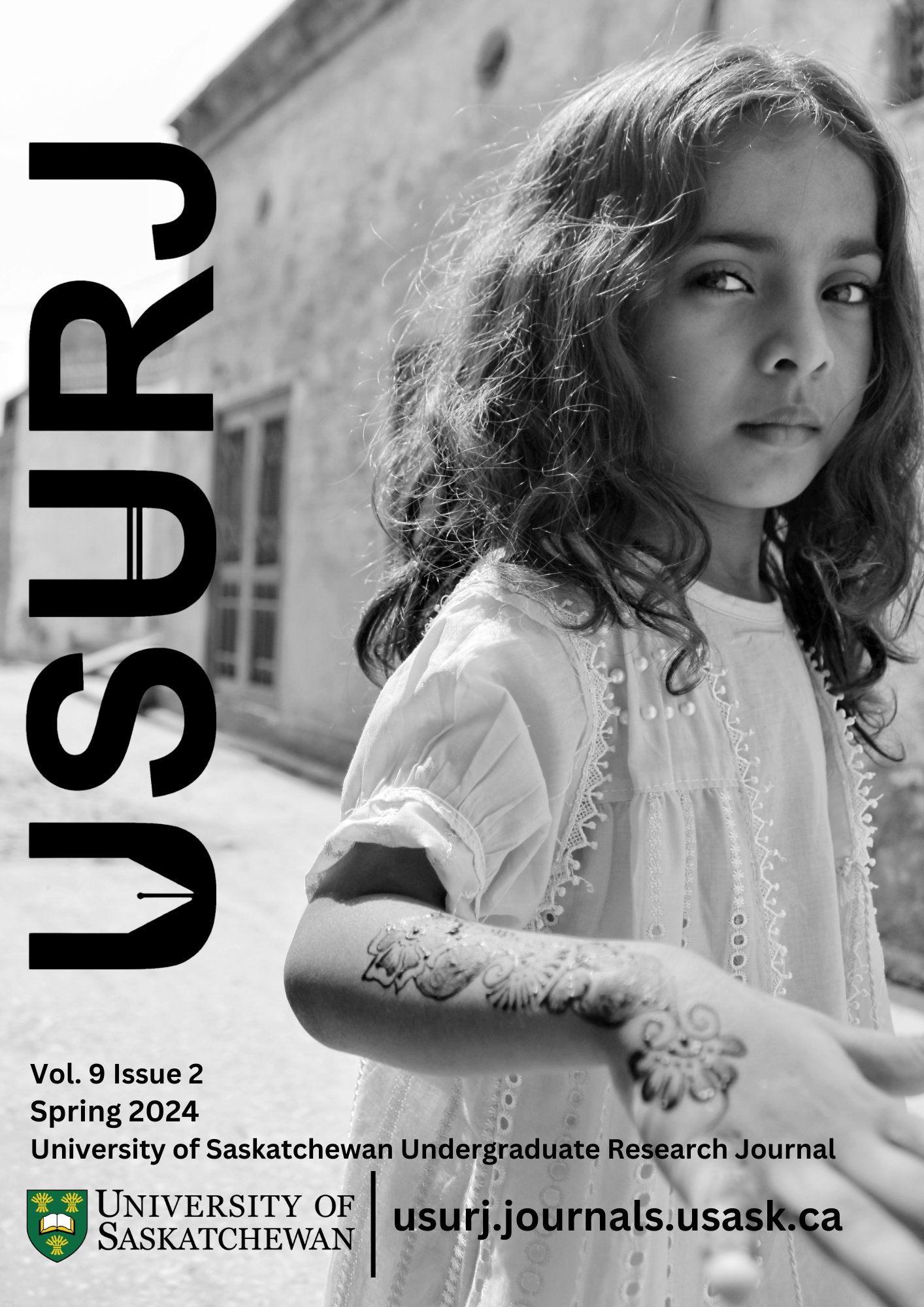Voices Unheard Unveiling Women's Testimony in 19th Century Canadian and American Extradition Courts
Main Article Content
Abstract
This paper examines the role of women's testimony in extradition cases between Canada and the United States from 1868 to 1923. In Canada, only 35 women testified in court in a total of 407 cases. In most instances, the women testifying were married and testifying to their husband's innocence or guilt. In these cases, their husband's extradition, conviction, and liberation were often determined by what they said. Women who testified as victims of crimes, often assaults, saw far more ambiguous success. Ideas about the purity of women influenced whether the courts listened to the testimony of unmarried women and girls or allowed them to testify in the first place. Finally, in rare instances, women appeared in these transnational court cases in a professional capacity (often as doctors or secretaries). While married women were treated with respect and single women with some suspicion, divorced women were scrutinized heavily. This divergence, especially in the Canadian courts, emphasizes the uneven ways the border influenced married life. Divorce was illegal in Canada at this time, and marriage was viewed as the building block of Canada's new society. As such, many divorced women who came from the United States were belittled and overly questioned compared to married women from Canada. As a result, this paper argues that Canadian and American attempts to punish criminals who fled across national borders prioritized looking at a woman's marital status above all other factors when assessing whether a potential witness might have valuable information for the courts.
Downloads
Article Details
Section
Articles: USURJ’s current Publication Agreements apply a Creative Commons Attribution-NonCommercial License (CC-BY-NC) by default. The CC BY-NC license lets others remix, tweak, and build upon work non-commercially. The author(s) can choose a different CC license, as outlined in https://creativecommons.org/about/cclicenses/. Please see the PDF for each article to determine what license is applied to that article. Author(s) can also request to reserve all copyright (All Rights Reserved). If there is no indication for articles published before September 2020, assume the author retains all rights beyond those necessary for publication by USURJ. All articles published after September 2020 will apply one of the aforementioned CC licenses. See the Publication Agreement under the Submission Preparation Checklist or Author Guidelines for more information. Artwork: All copyright for the original artwork remains with the artist unless they wish to apply a Creative Commons (CC) license to the artwork. Please see the PDF for each artwork to determine what license is applied to that artwork.
